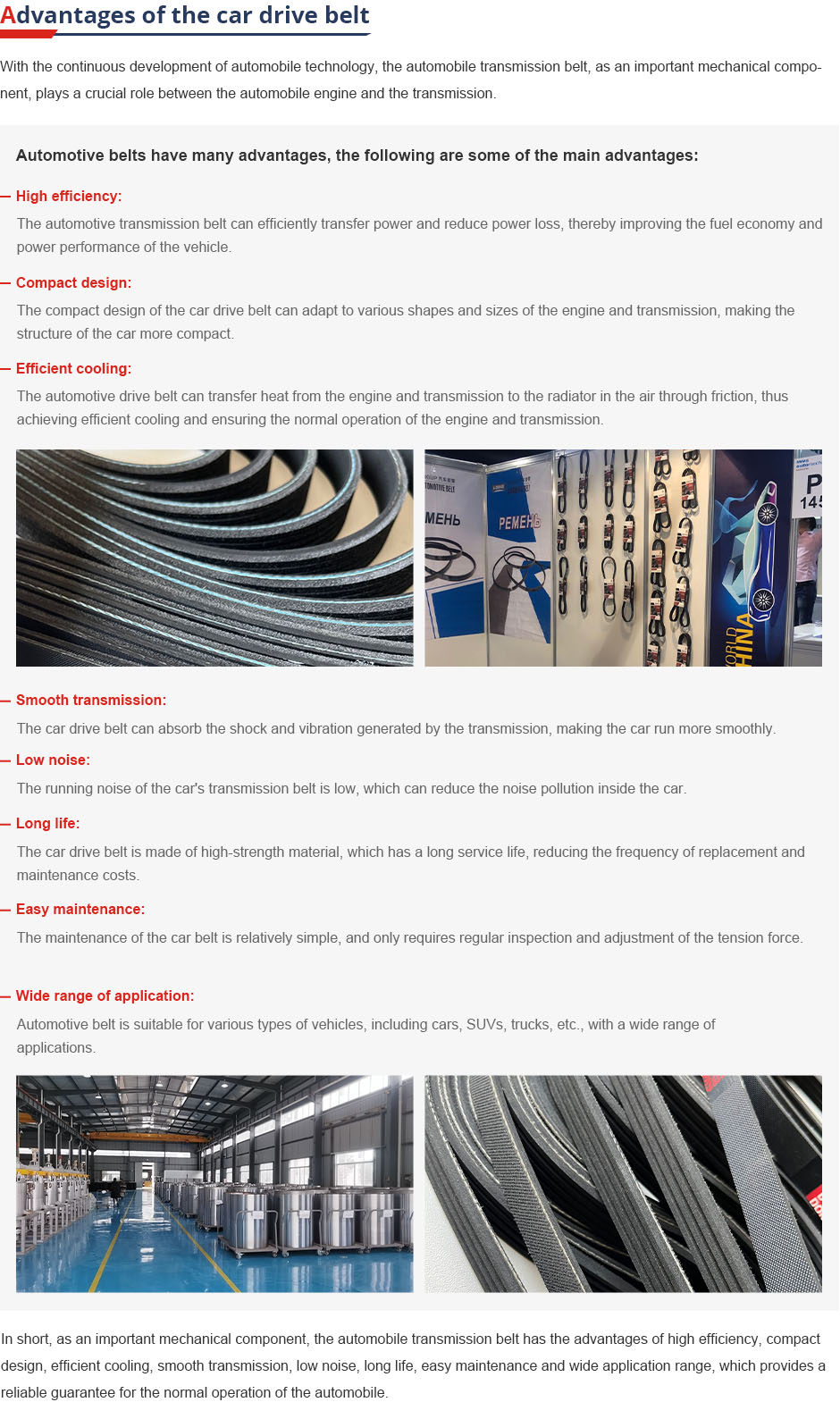- Arabic
- French
- Russian
- Spanish
- Portuguese
- Turkish
- Armenian
- English
- Albanian
- Amharic
- Azerbaijani
- Basque
- Belarusian
- Bengali
- Bosnian
- Bulgarian
- Catalan
- Cebuano
- Corsican
- Croatian
- Czech
- Danish
- Dutch
- Afrikaans
- Esperanto
- Estonian
- Finnish
- Frisian
- Galician
- Georgian
- German
- Greek
- Gujarati
- Haitian Creole
- hausa
- hawaiian
- Hebrew
- Hindi
- Miao
- Hungarian
- Icelandic
- igbo
- Indonesian
- irish
- Italian
- Japanese
- Javanese
- Kannada
- kazakh
- Khmer
- Rwandese
- Korean
- Kurdish
- Kyrgyz
- Lao
- Latin
- Latvian
- Lithuanian
- Luxembourgish
- Macedonian
- Malgashi
- Malay
- Malayalam
- Maltese
- Maori
- Marathi
- Mongolian
- Myanmar
- Nepali
- Norwegian
- Norwegian
- Occitan
- Pashto
- Persian
- Polish
- Punjabi
- Romanian
- Samoan
- Scottish Gaelic
- Serbian
- Sesotho
- Shona
- Sindhi
- Sinhala
- Slovak
- Slovenian
- Somali
- Sundanese
- Swahili
- Swedish
- Tagalog
- Tajik
- Tamil
- Tatar
- Telugu
- Thai
- Turkmen
- Ukrainian
- Urdu
- Uighur
- Uzbek
- Vietnamese
- Welsh
- Bantu
- Yiddish
- Yoruba
- Zulu
Nën . 12, 2024 15:21 Back to list
serpentine belt use
Understanding the Importance of the Serpentine Belt in Automotive Systems
The serpentine belt, often referred to simply as the drive belt, is a crucial component in a vehicle's engine system. A single continuous belt winds around multiple peripheral devices, such as the alternator, power steering pump, air conditioning compressor, and water pump. Its design allows for efficient power transmission, making it an integral part of modern automotive engineering.
The Functionality of the Serpentine Belt
The primary function of the serpentine belt is to transfer power from the crankshaft to various engine accessories. Unlike older vehicles that used multiple belts, the serpentine belt simplifies this system into one versatile component. This not only reduces weight but also minimizes the risk of belt slippage. The design ensures that if one accessory requires power, the belt can efficiently transfer it without the extra friction and wear that multiple belts would cause.
The serpentine belt operates under high tension, which helps it maintain contact with the pulleys of the driven accessories. This tension is crucial, as it ensures that the belt does not slip off during regular operations. Tensioners and idler pulleys are often employed to maintain optimal tension, compensating for wear and stretch over time.
Signs of Wear and When to Replace It
Despite its robust design, the serpentine belt can wear down due to heat, friction, and environmental factors. Drivers should be vigilant for warning signs that indicate its need for replacement. Common indicators include a squeaking or chirping noise from the engine compartment, visible cracks or fraying on the belt, or a warning light on the dashboard signaling a problem.
Most automotive manufacturers recommend that the serpentine belt be inspected at regular intervals and replaced approximately every 60,000 to 100,000 miles, depending on driving conditions and usage. Failing to replace a worn or damaged serpentine belt can lead to catastrophic engine failure since losing power to vital components, such as the water pump, can cause the engine to overheat.
serpentine belt use

The Benefits of Regular Maintenance
Regular maintenance of the serpentine belt and the engine accessories it drives is beneficial not only for the longevity of the components but also for the overall performance of the vehicle. Properly functioning accessories can enhance safety features, ensure efficient cooling, and provide comfort through climate control systems. A well-maintained serpentine belt also contributes to fuel efficiency, as worn belts can lead to increased strain on the engine, causing it to work harder and consume more fuel.
Regular checks can help identify parameters such as alignment issues and any unusual wear patterns, allowing for preventive measures to be taken before complete failure occurs. Addressing these issues promptly can save car owners significant time and money in the long run.
Installation and Replacement Considerations
When it comes time to replace the serpentine belt, it is advisable to consult with a professional mechanic or refer to the vehicle’s owner’s manual for specifications regarding the correct belt length and installation techniques. Incorrect installation can lead to misalignment, premature wear, or even damage to other components.
In addition to replacing the belt itself, it is often wise to inspect and, if necessary, replace any associated tensioners or idler pulleys. These components work in unison with the serpentine belt and can impact its performance and longevity.
Conclusion
The serpentine belt is a vital component in the machinery of modern cars, ensuring that various engine accessories function efficiently and reliably. Awareness of its role, signs of wear, and the importance of regular maintenance can help drivers prolong the life of their vehicles and avoid unexpected breakdowns. Regular inspections and timely replacements will not only enhance engine performance but also contribute to a smoother and safer driving experience. By understanding the significance of the serpentine belt, vehicle owners can take proactive steps to maintain their automotive systems effectively.
-
Buy Serpentine Belt Online – Affordable Prices & Durable Quality
NewsJul.26,2025
-
High-Performance Metric Variable Speed Belts for Industrial Use
NewsJul.25,2025
-
High-Quality Endless Flat Drive Belt for Precision Power Transmission
NewsJul.24,2025
-
High-Performance Serpentine Belt for Car Engines – Durable & Reliable
NewsJul.23,2025
-
High Efficiency V Belt Drive with Double & Toothed Options for Industry
NewsJul.22,2025
-
Affordable Fan Belt Cost - Compare Prices & Save | Auto Parts Deals
NewsJul.22,2025

